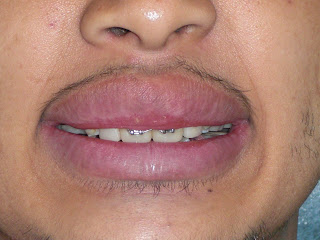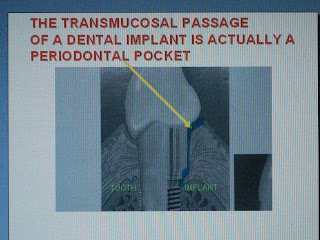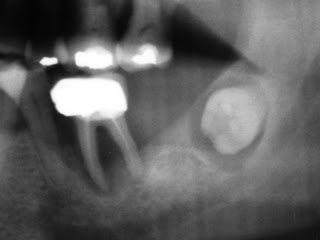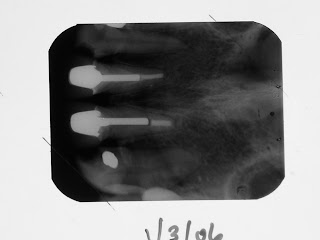6. ECTODERMAL DYSPLASIA: UPRIGHTING THE PEG SHAPED CANINES AND MINIS TO FINISH THE CASE ?

Then, we use the MOSTDIMUM to make the composite BUD, around which we construct two composite laterals, giving this young man his first ever decent smile line which we hope will continue the process of transforming his life for the better. Wait till you see the final transformation!!!!!! After grafting the lateral labial surfaces, we place in the minis. Now, what do we do? We put in two implants for the laterals of course! What sort of dental implants? Ahhhhhhh......... Conventionals are out of the question. Minimized dental implants of course! Even then, we still had to graft the labial surfaces of the laterals to increase the thickness because there was only a wafer thin layer of bone there...... having had no teeth there before at all.... congenitally missing. Here then is a classic case of minis being the treatment of choice! Open coil springs to upright the two peg shaped microdontic canines. Minis in the empty spaces to complete the case. Conventionals will require bone graf...




